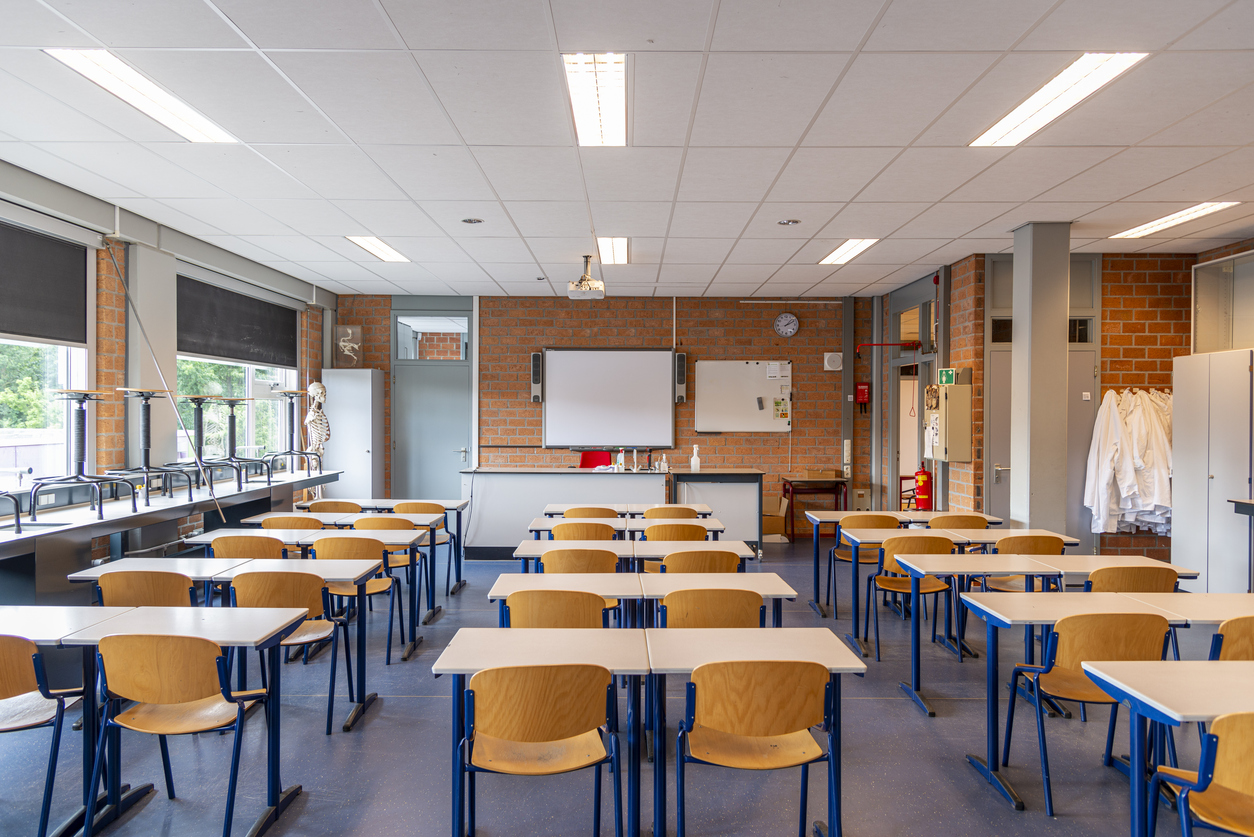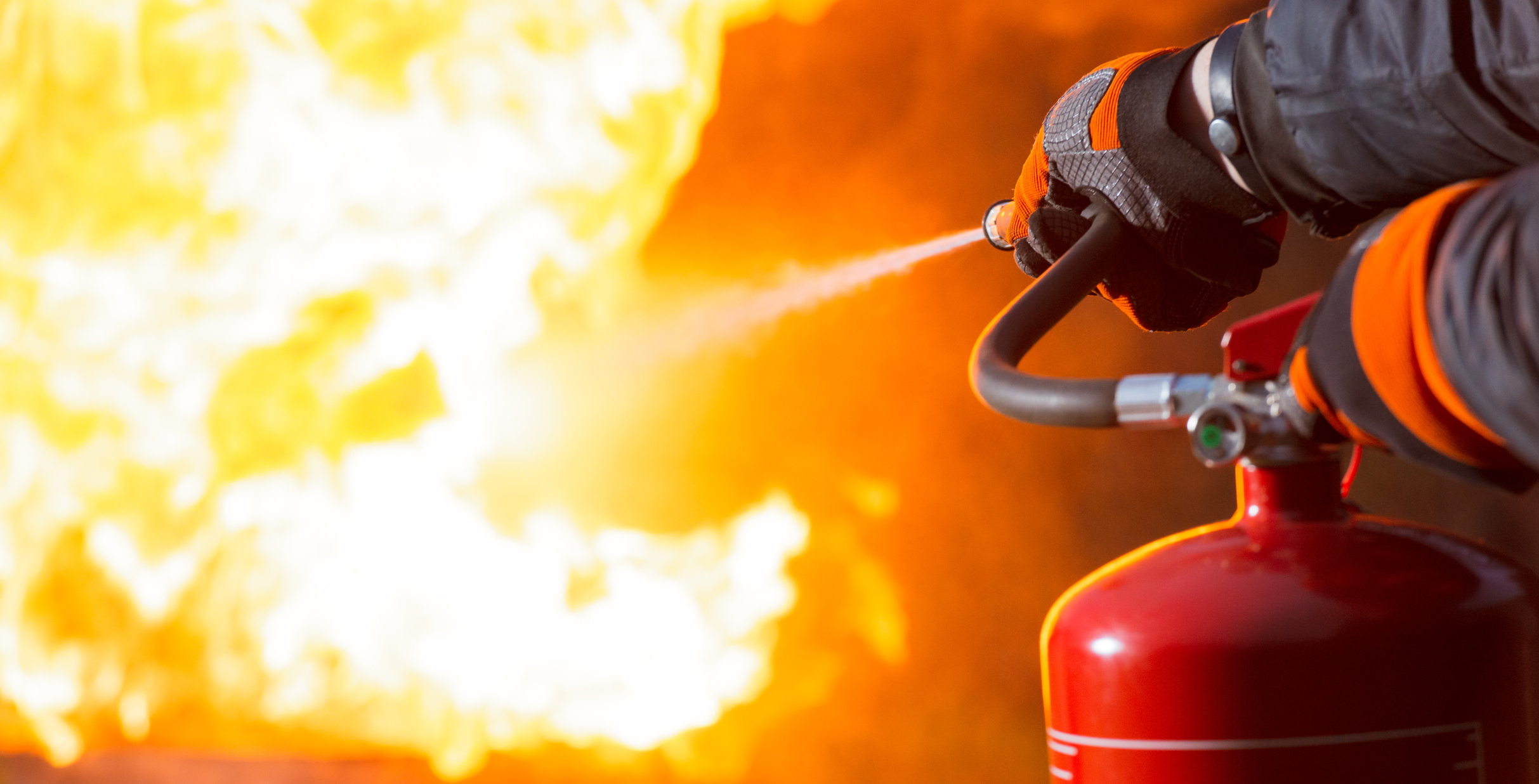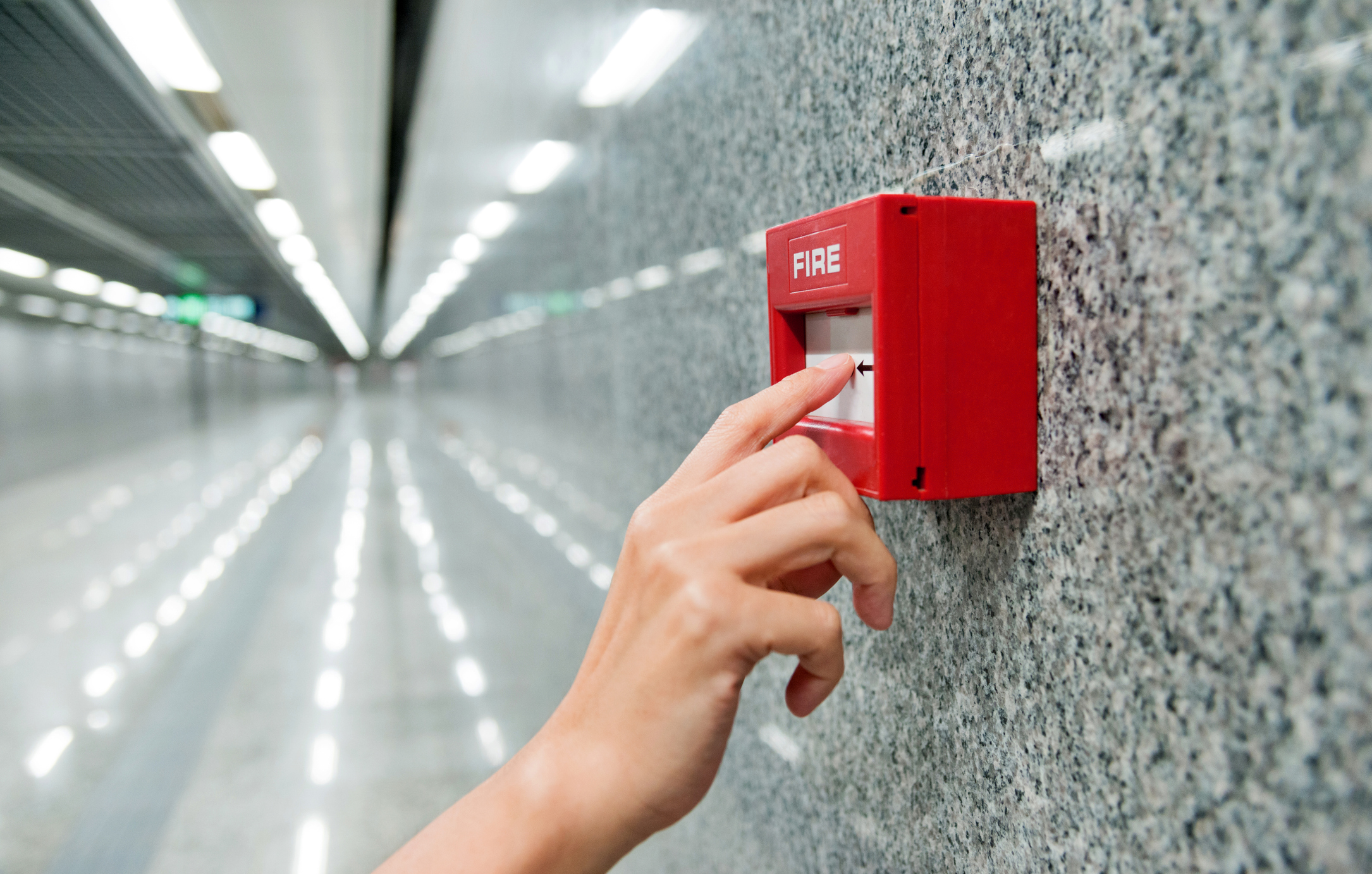
Fire Safety Regulations for UK Schools
Understanding Fire Safety Legislation
The cornerstone of fire safety regulation in UK schools is the Regulatory Reform (Fire Safety) Order 2005. This piece of legislation mandates that schools, like other public buildings, must adhere to specific fire safety norms.
A key component of these regulations is the designation of a ‘responsible person,’ typically the school administrator or manager, who is tasked with ensuring compliance. This responsible person is charged with overseeing the fire safety measures within the school, ensuring that all aspects of the fire safety management system are implemented and maintained effectively. In the event of a fire, these individuals will also be expected to perform certain fire safety actions such as using a fire extinguisher.
Compliance with these regulations is not just a matter of legal obligation but also affects the institution’s insurance and its standing in legal contexts. Failure to comply can lead to severe penalties, including fines and, in some extreme cases, imprisonment.
Do Schools Need a Fire Risk Assessment?
Another key aspect of adhering to fire safety regulations for schools is conducting thorough fire risk assessments. This process involves a detailed examination of the premises to identify potential fire hazards. In a school setting, these risks could be found in classrooms, laboratories, kitchens, and other areas where flammable materials are present or where activities could generate heat or sparks.
The assessment should evaluate the likelihood and potential impact of a fire breaking out in these areas. Based on this evaluation, the responsible person must determine appropriate safety measures, which could range from simple housekeeping improvements to more complex structural modifications.
School Fire Safety Management Plan
Creating and maintaining a comprehensive fire safety management plan is another important part of fire safety in schools. This plan should encompass not only the immediate measures needed to prevent fires but also strategies for effective response in the event of a fire. Documentation and meticulous record-keeping play a role in this process, ensuring that all safety measures are traceable and verifiable.
Regular updates and reviews of the fire safety policies are necessary to adapt to any changes in the school environment, such as new buildings, facilities, or significant changes in student numbers and school activities.
What are the Essential Fire Safety Measures?
Essential components of fire safety in schools include the installation and rigorous maintenance of fire detection and alarm systems. Fire doors, emergency lighting, and clear, visible signage are also critical, ensuring that in the event of a fire, everyone in the building can evacuate quickly and safely.
Accessibility and maintenance of fire extinguishers and other firefighting equipment are mandatory, with regular checks to ensure they are in working order and can be easily accessed during an emergency.
Emergency Evacuation Procedures
An effective evacuation strategy is a cornerstone of fire safety management. This strategy should be clearly outlined in the school’s fire safety plan and should include the role of fire drills and regular practice sessions to ensure everyone knows what to do in case of an emergency. Special considerations are necessary for students with disabilities or mobility issues to ensure that these students can evacuate safely and efficiently.
Collaboration with Fire Safety Services
Finally, collaboration with local fire and rescue services can help with maintaining high standards of fire safety in schools. This partnership can involve arranging regular visits and inspections by fire safety professionals, who can provide expert advice and feedback on the school’s fire safety provisions.
Implementing recommendations from these professionals helps in complying with legal requirements while also enhancing the overall safety environment within the school, ensuring that both students and staff are well protected against the risk of fires.
By rigorously adhering to these guidelines, schools can create a safer environment for everyone, significantly reducing the likelihood and potential impact of fires on their premises.




